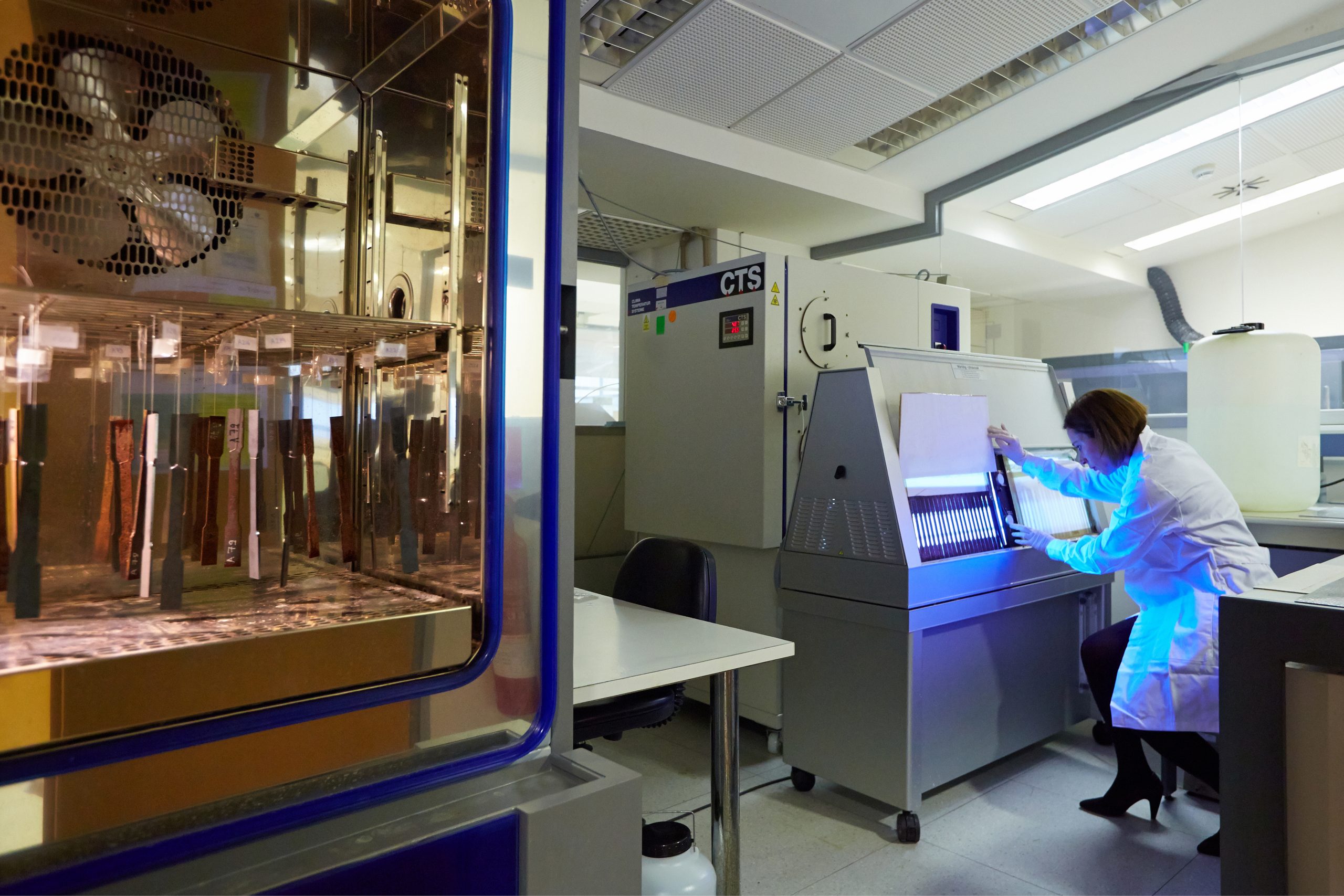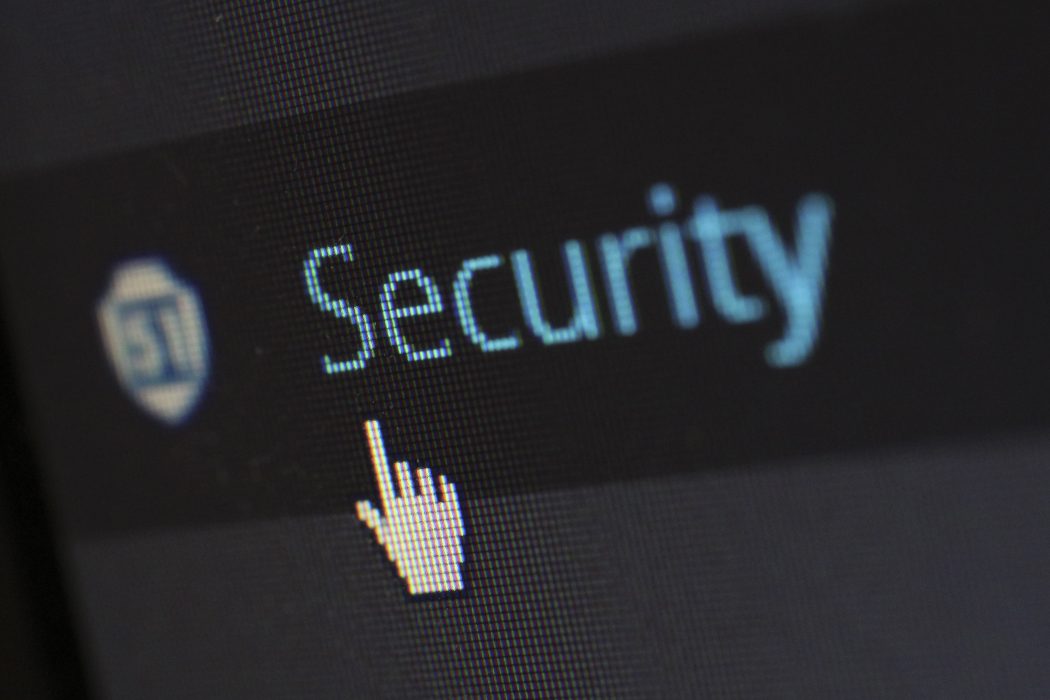Hindsight is 20/20. Yes, it is always easier to look back and evaluate a situation while we’re looking back at them than when we’re in the present moment. This couldn’t be any more truer than the year 2020. For students, parents and teachers everywhere it was a whirlwind of an experience – the way we learn and interact in classrooms changed.
The digital medium definitely came to aid to support support student learning this year. At the same time this became a source of frustration for teachers, students and parents helping with online learning.
We are taking a look back at this year, what it meant for education technology and how this will affect education for years to come.
Cybersecurity and Privacy
We coined a new term this year. Although Zoom launched in 2013, it was only this year that ‘zoombombing’ became a commonly used word. Classrooms have experienced interruptions during online lessons as internet trolls have marched in shouting obscenities and sharing obscene images. Schools have also seen a steep rise in cyber attacks with the rise in remote access by students and teachers, which exposed the vulnerabilities of some of these networks.
All of this has definitely heightened the need to prioritize cybersecurity efforts as well as prioritizing funding for these efforts. There needs to be higher focus on raising awareness about cybersecurity threats and privacy protocols, among school staff and employees and the role they need to play to keep the students safe..
Keith Krueger, CEO of CoSN (The Consortium for School Networking) rightfully said “Just getting devices and broadband connectivity, Wi-Fi, that alone is insufficient if the network isn’t usable, isn’t safe and secure.”
The digital divide
This year has definitely shown us the huge gap between people who have sufficient knowledge and access to technology, and people who don’t. This inequities affected student learning and exposes a divide that has been persistent in the education industry for a decade. A research by the EdWeek shows that, in districts that have 75% or more low-income students only 57% of middle-school students and 74% of high-school students have at least one device. That percentage jumps to 87% and 96% respectively for school districts that have 25% or less low-income students.
As the beginning of the year threw us all into suddenly accommodating online learning, school staff everywhere struggled to get one laptop or device into the hands of each student. School district administrators everywhere scrambled to provide Wi-Fi hotspots to support student connectivity to online classrooms. Though all of this seems like a bandaid solution, it definitely is a step in the right direction. A lot of progress remains to be done in the years to come, and the digital divide will remain to be a challenge.
Remote learning experiences
It is no secret that in-person interaction cannot be replicated via an online video platform and that is far more applicable for students. Teachers have reported a myriad of problems. Some of them include – students are not interacting with me, students have more trouble focussing on work at home than they have at school, students have problem using technology effectively for academic purposes, it is difficult for me to tell if my students are learning or they need more help. Close to half of the teachers reported that it is difficult to provide for the needs of students with disabilities. A lot of these problems are elevated by the racial and socio-economic differences.
As teachers were augmenting these shortcomings with added phone calls, extra time with the students, and focussed attention to students, an inevitable outcome was that they were slogging to keep up with extra hours on top of an already overwhelming workload. High quality remote learning is hard to do and is not a viable option at least not yet and not in-scale. The experiences of students and teachers vary depending on a lot of factors. Based on what we’ve seen, we have a lot of work to do before we consider remote learning as a long-term option.
No matter how the year went, I hope this year has been a lesson in resilience. I hope our children will come out of this year with the idea, ‘I did the best I could. I learned a few things and I will continue to learn…’





















